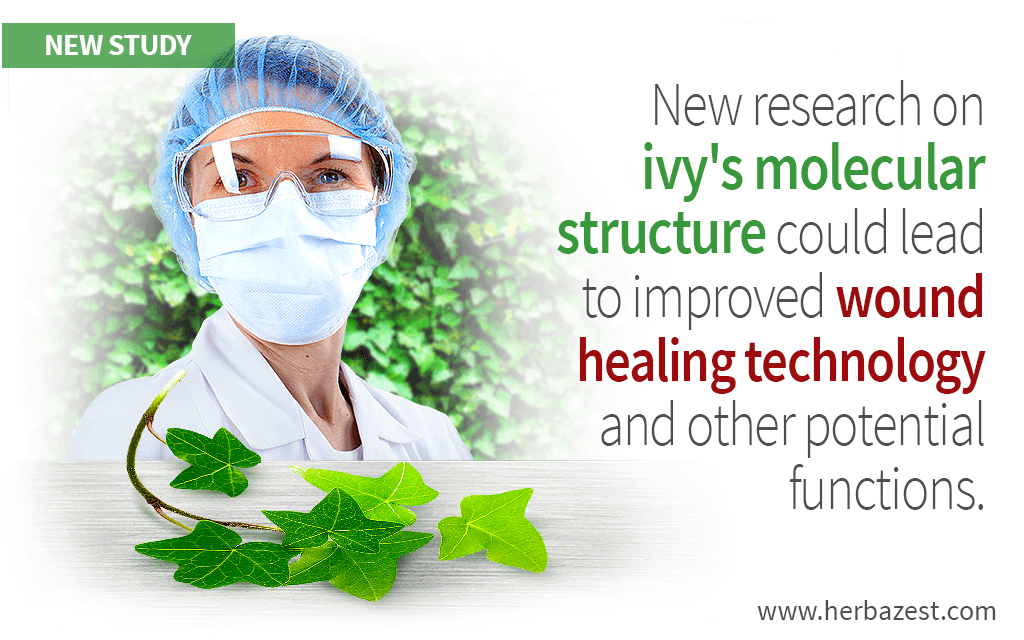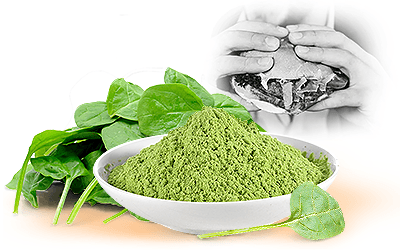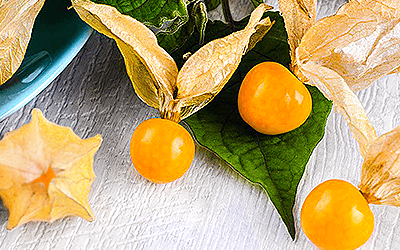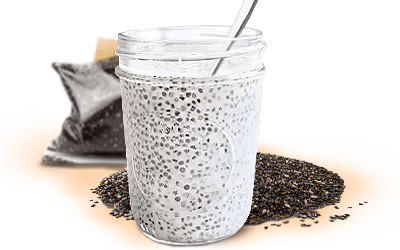As many gardeners and property owners know, English ivy (Hedera helix) has a remarkable ability to stick to nearly any surface it climbs. This piqued the interest of Professor Mingjun Zhang and his team of researchers at The Ohio State University, who have deciphered how ivy clings so strongly, often even weathering natural disasters. Their findings could lead the way to improved wound healing technology and other potential functions.
Ivy's Amazing Binding Power
Ivy exudes mucilage as it climbs up surfaces like tree trunks and brick walls. This mucilage is not very viscous, so it is able to seep into microscopic cracks and pores on the plant's climbing surface. When the water in the mucilage evaporates, the compound quickly hardens, forming a firm bond. This is one of the strongest known adhesives in nature, withstanding a wide range of temperatures, diverse moisture conditions, and even calamities like tornadoes and hurricanes.
Uncovering the Secret of This Adhesive
Professor Zhang and his team deciphered the long-unknown chemistry behind ivy's bonding action. They knew from previous research that ivy's mucilage contains tiny spherical particles, so small they are categorized as nanoparticles. It turns out these particles are made out of a protein called arabinogalactan. They then interact with pectin in the mucilage, which forms an adhesive film that promotes interlocking between the roots of ivy and the surface to which it is clings.
The researchers then recreated the adhesive in their lab using arabinogalactan and pectin, as well as calcium to catalyze the reaction between the two compounds. When they subjected the adhesive to strength tests, they found that their results supported the mechanism behind ivy's binding power that they had proposed.
Future Possibilities
Understanding how ivy adheres so strongly opens the door to a myriad of potential applications. For example, it could help in the removal of ivy from homes and infrastructure like bridges, protecting these structures. It could also help explain the adhesive mechanisms of other climbing plants.
Such a strong adhesive could also be useful in other areas, like the medical field, where it could aid in wound healing. It may also be beneficial in cosmetics, and the U.S. military is interested in incorporating the adhesive in new technology.
This research was funded by the U.S. Army, the National Science Foundation, and the U.S. Department of Energy. It has been published in the Proceedings of the National Academy of Sciences, a leading scientific journal.
Sources
- Proceedings of the National Academy of Sciences, Nanospherical arabinogalactan proteins are a key component of the high-strength adhesive secreted by English ivy, 2016
- Ohio State University, Ivy’s powerful grasp could lead to better medical adhesives, stronger battle armor





